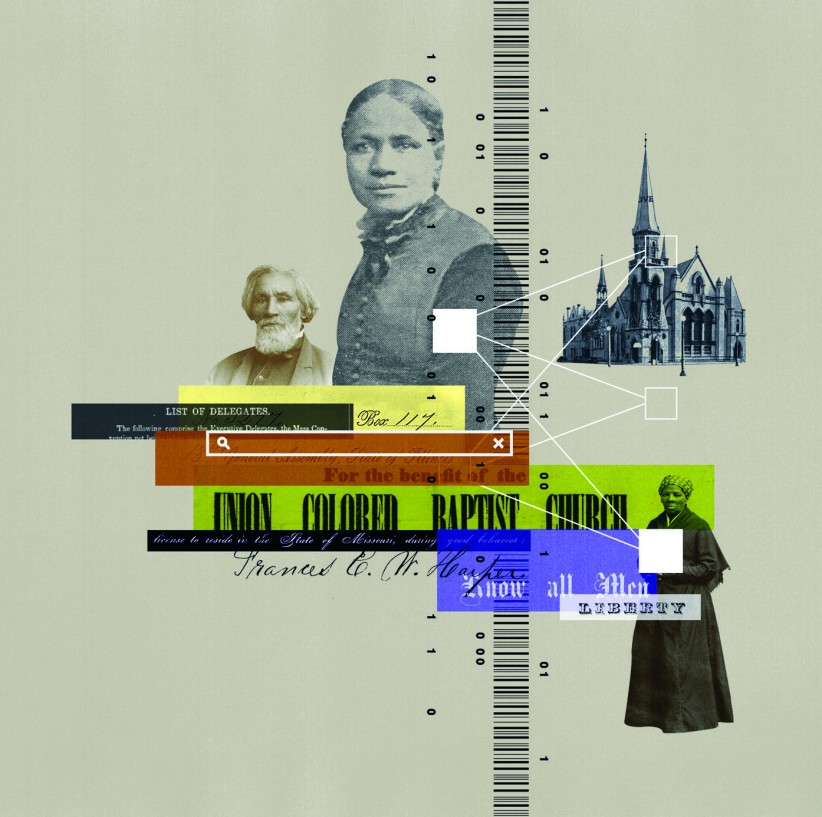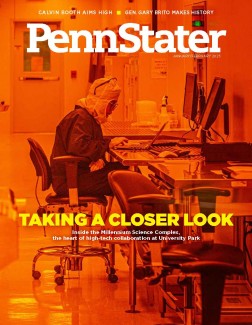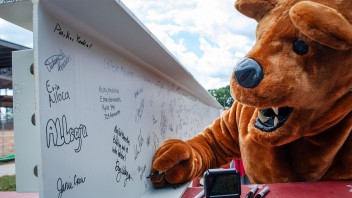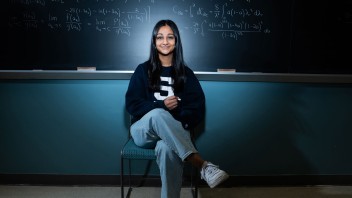Happy Birthday, Frederick Douglass
On February 14, the day the once-enslaved reformer, orator, and statesman Frederick Douglass chose to mark his birthday, thousands of people from across the globe will livestream Douglass Day, a global transcribe-a-thon hosted by Penn State’s Center for Black Digital Research/#DigBlk, to honor Douglass’s legacy and celebrate Black History.




